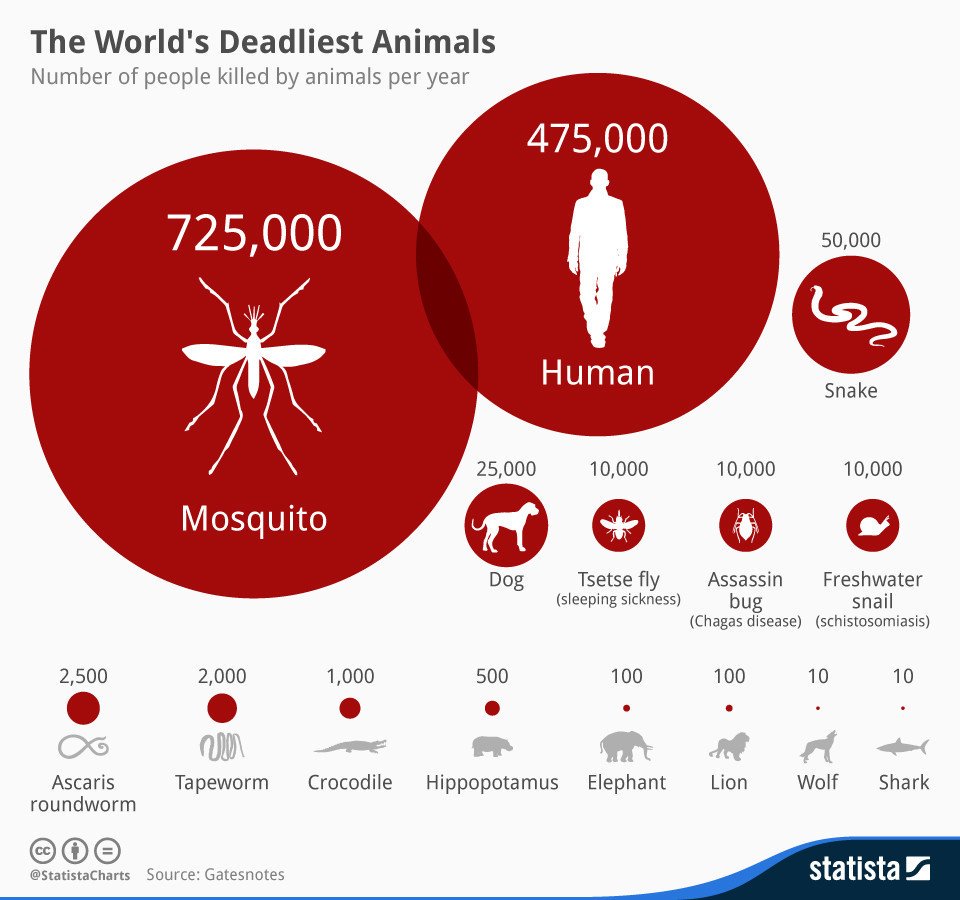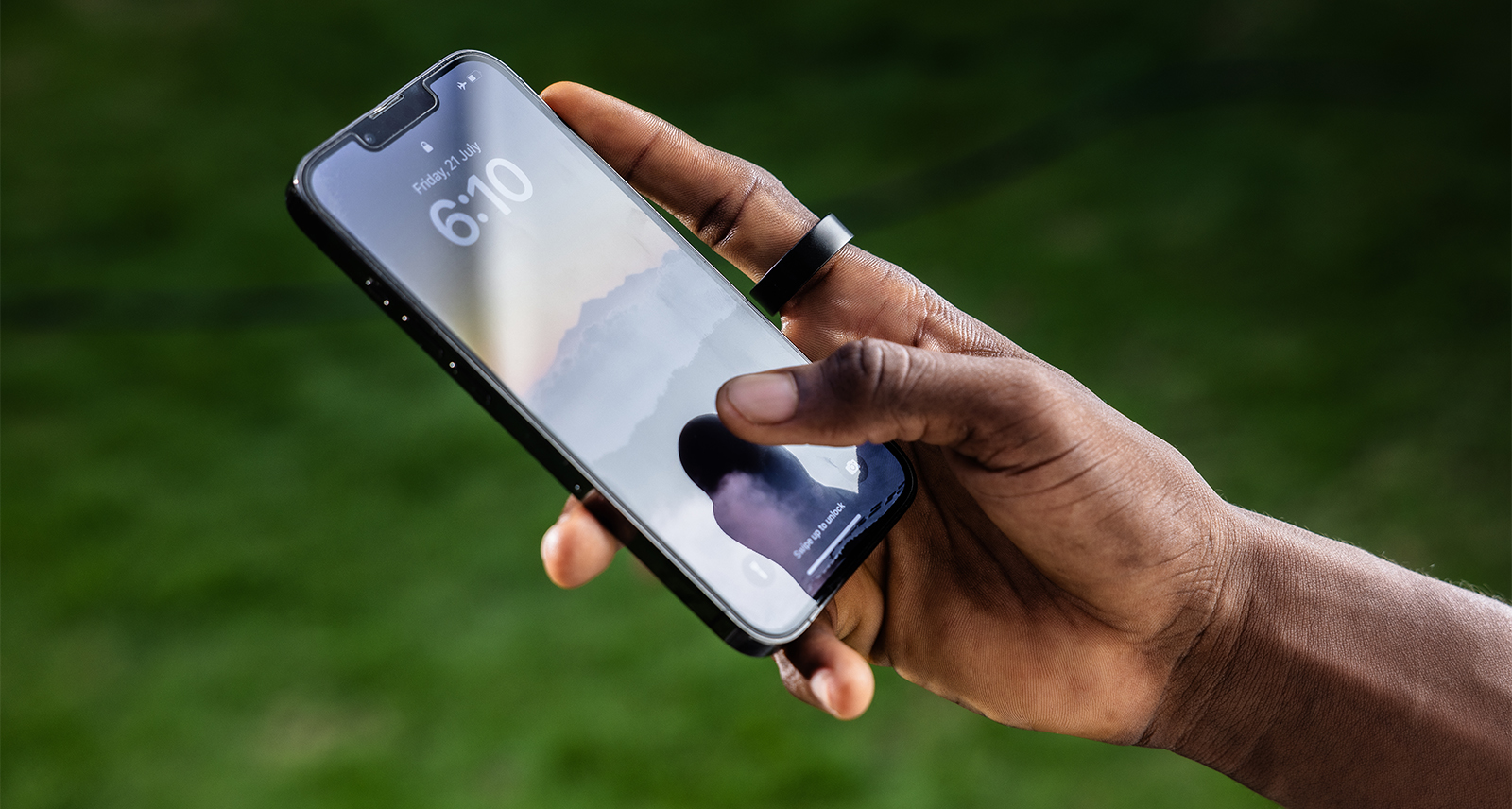It’s officially summertime here in Canada, marking the start of a few of our hallowed annual traditions: BBQs, beach parties, and Discovery Channel’s Shark Week.
The yearly ode to all things shark kicks off June 26th, and the seasonal programming block has done a good job of helping to repair the public image of the ocean’s most misunderstood creature. “We’re all about singing the praises of the shark at Daily Planet, and we really want to reduce the fear as much as possible,” explains Shark Week and Daily Planet co-host Ziya Tong.
Still, with reports of shark attacks hitting an all-time high last summer, a recent pair of high-profile stories out of Australia and the upcoming movie The Shallows, featuring Blake Lively being terrorized by a great white, we don’t blame you if you still find yourself hearing the Jaws theme every time you go for a dip.
So, while we’re obligated to remind you that you have a much better chance of dying from a selfie than a shark, we talked to Tong and her co-host Dr. Dan Riskin for their tips on what to remember should you ever find yourself coming face-to-face with a shark.

1. Remind yourself how statistically rare this is.
To be clear, this won’t actually help you at the time, but before you second-guess going into the water this summer, it’s important to remember just how unlikely it is that you’ll actually encounter a shark. “For anybody who’s ever jumped off the side of a boat, who’s gone swimming in the open ocean, you’ve probably been very close to sharks and just simply not been aware of it, because most sharks won’t approach you,” explains Tong. Which makes the chances you’ll be attacked by one all the more of a rarity. “You’re looking at numbers that are so incredibly low,” says Tong. “Lower than hippos, lower than lions, lower than mosquitoes. Lower than vending machines.” Yes, vending machines. The current odds of being killed by a shark are roughly 1 in 3.7 million. “It’s very hard to get killed by a shark, I think is the take-home,” agrees Riskin.

2. Don’t be stupid.
A lot of shark safety can seem like simple common sense: don’t swim alone at night, in murky water, with an open cut and/or with a bucket of chum around your neck. But it bears repeating, just in case. According to Tong, dawn and dusk are not great times to go for a swim, since those are prime shark feeding hours. Cloudy water is a similar no-go; not only does it make it harder for you to see a shark, it makes it easier for one to confuse you for food. Also, and honestly, this one feels a little obvious, but whatever you do, stay out of the water if people are fishing nearby. “If you get right in the middle of a buffet, you’re kind of asking for it,” says Tong.
3. Choose your music wisely.
Now that we’ve covered the obvious, here’s something you might not know about sharks: they’re big Slayer fans. “Researchers have discovered that if you play heavy metal music, it’ll actually bring in sharks,” says Tong. Documentary crews and shark tour operators have been using the trick to attract sharks for years; apparently metal closely mimics the low-frequency vibrations given off by fish. So, in other words, when you’re making that fishing playlist, you might want to stick to easy listening.
4. Same goes for your clothes.
If loud music attracts sharks, loud clothing can repel them. According to Tong, wetsuit designers have developed specialized suits meant to deter sharks. The black-and-white stripes can supposedly play tricks with their eyes, mimicking patterns found in fish that naturally repel sharks. And while the jury’s still out on how well the suits work, one thing’s for sure: “They repel humans,” laughs Riskin. “You look like you’re a zebra in a wetsuit.” As for accessories, leave any jewelry back on dry land. According to Tong, any shiny metal can look like reflecting scales, leading a shark to mistake you for a fish. Which, just to reiterate, is something you definitely don’t want to happen.
5. Look for warning signs.
Despite the overwhelming cinematic evidence, most sharks are not Terminator-like killing machines. “Generally, fish won’t just randomly attack you,” says Tong. Most attacks are simply “cases of mistaken identity,” she says, where the shark confuses you for a seal or big fish. If a shark approaches you, it’s likely just curious, trying to figure out what this strange fleshy thing is doing in its ocean. Unfortunately for us, though, they typically use their teeth to get a second opinion, explains Riskin. Still, in the absence of a sudden swell of a string quartet, there are a few ways to tell when a shark might be coming in for an exploratory chomp. “You don’t want a shark that’s moving very, very quickly, and looks agitated,” says Tong. Same goes for one that’s circling you, a sure sign that it’s sizing you up. If possible, try to put your back to a reef or boat, so it can’t sneak up on you.

6. Use your eyes.
Whether you’re swimming, diving, or snorkeling, it’s important to regularly scan your surroundings, doing full 360-degree checks, as opposed to just looking left or right. “A lot of sharks can actually come at you from below,” explains Tong. And if you do spot a shark? Apparently, just like your fellow subway passengers, eye contact makes sharks very uncomfortable. “You want to look it right in the eye. Because then it knows that you’re a predator and it won’t mess with you quite as much,” says Tong.
7. Invest in shark repellent.
Efforts to protect humans from sharks have gone increasingly high-tech in recent years. In Australia, which has already seen two fatal shark attacks in June alone, the Coast Guard is enlisting the help of drones that hover over the water, and are able to tell the difference between a seal, a dolphin or a shark, and automatically alert the Coast Guard and lifeguards accordingly. Elsewhere, researchers have been working on a chemical shark repellent – yes, just like in the old Adam West Batman, says Riskin – that mimics the smell of a rotting shark. “The idea is that if you see sharks around your boat, you’ve got people in the water, or even if you’re swimming, you have the canister on your hip, you can just release this thing. It’ll release the smell of dead shark into the water,” he explains. “And for whatever reason, the sharks just don’t like that very much and they go away.”
8. Give it something else to chew on.
It might sound counterintuitive, but the fact that most shark encounters simply end in a bite is actually a positive. “You never have sharks eating people. If they were in it for the food, people would just disappear. You’d have somebody swimming off the beach and then a great white would take them and you’d never see them again,” explains Riskin. Instead, he says, “There’s a bite, the shark realizes it’s not what it was looking for, and it leaves.” Which is why carrying something else that the shark can safely munch – like a surfboard or a camera – can often be the difference between surviving a shark attack or not. That way, Tong says, “If they take a bite, just out of curiosity, they’ll bite the camera.” You know, as opposed to your arm. Just be careful with the camera though – you don’t want to become another selfie statistic.
9. Size doesn’t matter.
Besides the usual suspects – the great white, the tiger shark, the bull shark – many species of sharks are anything but dangerous (#NotAllSharks). And size can be deceiving. The whale shark, for instance, is the largest, and it’s completely docile. “When you’re swimming with it, you genuinely have the feeling that you’re swimming next to a large goldfish,” says Tong. Contrast that with the deadly cookiecutter shark, which is about the size of your arm. “You know in Goodfellas, everybody’s scared of Robert De Niro, but really, the crazy guy is the little guy, Joe Pesci?” says Riskin. “That’s what the cookiecutter shark is like.” With a tiny row of sharp teeth, the shark sneaks up on its prey, leaving behind perfect, round, cookie-shaped wounds – hence the name. “Imagine a serrated ice cream scoop coming up from the bottom of the ocean,” says Riskin. On the plus side, there’s only been one reported instance of the extremely elusive shark biting a person. On the downside, now it’s gotten a taste for humans. Sweet dreams.

10. If all else fails, go for the eyes.
OK, so say you’re dressed up like a zebra, swimming in crystal clear water, listening to smooth jazz, but you still find yourself face-to-face with a shark that just won’t leave you alone, no matter how much you’re mean-mugging it. In that case, says Tong, you want to stay calm (well, as calm as humanly possible) and take your best shot at the shark’s snout. Or, if you’d rather not throw a left hook that close to a mouthful of teeth, aim for the gills or the eyes (AKA the groin of the head). “Those are the areas that you’d grab for to get them to let go,” says Tong. “They’re very, very sensitive.” Now you just have to watch out for those vending machines.



